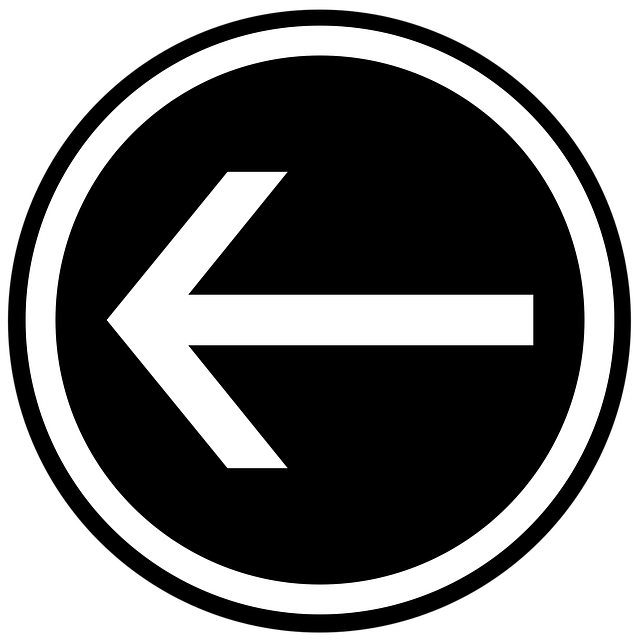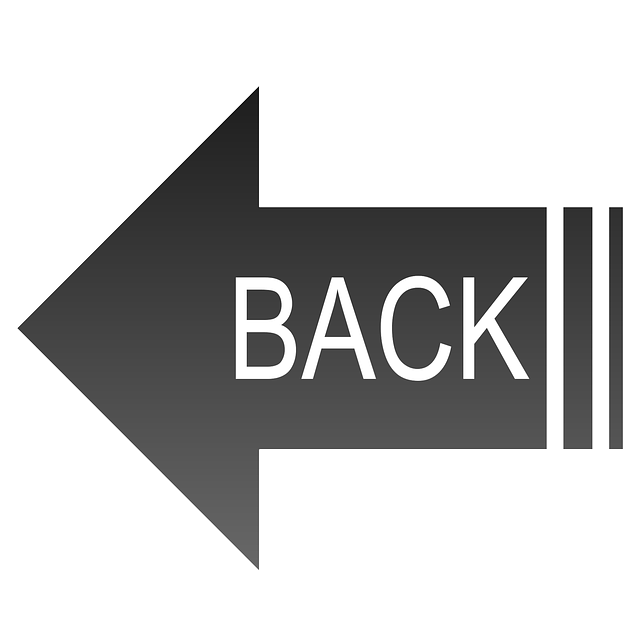Chiropractic Support for Motor Vehicle Accident Muscle Spasms Relief

Chiropractic support offers effective treatment for muscle spasms and tightness resulting from motor…….
When choosing a pet sitter or dog walker, prioritize reliability, experience, and animal love. Resea.......
Accidents, whether they are vehicular, workplace-related, or the result of sporting injuries, often leave individuals suffering from acute muscle spasms and chronic pain. In such scenarios, chiropractic support has emerged as a vital component of rehabilitation, offering natural and effective solutions for managing muscle spasms. This article delves into the world of “Chiropractic Support for Accident-Related Muscle Spasms,” exploring its definition, global impact, economic implications, technological innovations, regulatory framework, challenges, successful case studies, and future prospects. By examining these aspects, we aim to provide a comprehensive understanding of this alternative healthcare approach and its role in accident recovery.
Definition: Chiropractic support specifically tailored for accident-related muscle spasms involves a combination of chiropractic adjustments, manual therapies, and personalized treatment plans to alleviate pain, reduce muscle tension, and restore mobility. Chiropractors, trained professionals who specialize in the diagnosis and treatment of mechanical disorders of the musculoskeletal system, play a pivotal role in this process.
Core Components:
Chiropractic Adjustments: These are hands-on techniques used to correct misalignments in the spine and joints, improving nerve function and reducing muscle spasm. Common adjustments include the spinal manipulation, joint mobilization, and soft tissue therapy.
Manual Therapies: This includes a range of hands-on techniques such as myofascial release, trigger point therapy, and stretching exercises to relax muscles, improve circulation, and reduce inflammation.
Personalized Treatment Plans: Chiropractic care is individualized to each patient’s needs. Treatment plans may include not only adjustments and manual therapies but also recommendations for exercise, lifestyle modifications, and dietary changes to promote healing and prevent future muscle spasms.
Historical Context:
Chiropractic care has its roots in ancient healing practices, with evidence of spinal manipulation dating back thousands of years. However, it was in the late 19th century that Daniel David Palmer developed modern chiropractic as a distinct profession. Over time, chiropractic support for muscle spasms and pain management has gained recognition worldwide, particularly in regions with robust healthcare systems embracing alternative and complementary medicine.
Significance:
The global impact of “Chiropractic Support for Accident-Related Muscle Spasms” is significant, with a growing awareness and acceptance of chiropractic care worldwide. Here’s an overview:
| Region | Adoption Rate (%) | Key Drivers | Challenges |
|---|---|---|---|
| North America | 35% (U.S. leading the way) | Strong insurance coverage, advanced technology, and well-established professional organizations. | Limited access in rural areas, concerns over regulation and licensure. |
| Europe | 28% (Varied adoption across countries) | Increasing acceptance of complementary and alternative medicine, strong primary care systems. | Diverging standards and regulations across EU member states. |
| Asia Pacific | 18% (Rapidly growing) | Growing middle class, increasing health consciousness, and government support for alternative healthcare. | Lack of standardized training programs, limited insurance coverage. |
| Latin America | 12% (Uneven distribution) | Affordable care options, traditional healing practices blending with modern medicine. | Inconsistent quality of care, regulatory issues, and access barriers in rural areas. |
| Middle East & Africa | 8% (Developing) | Growing healthcare infrastructure, increasing awareness of non-pharmacological treatments. | Limited resources, professional education gaps, and cultural preferences for conventional medicine. |
Trends Shaping the Future:
Chiropractic support for accident-related muscle spasms can have significant economic impacts:
Technology plays a crucial role in enhancing chiropractic care:
The regulatory landscape for chiropractic care varies globally:
Despite its benefits, “Chiropractic Support for Accident-Related Muscle Spasms” faces several challenges:
Numerous case studies demonstrate the effectiveness of chiropractic support in accident recovery:
Case Study 1: Whiplash Injury Recovery
Patient Profile: A 35-year-old female involved in a car accident experienced severe neck and shoulder pain, headaches, and limited range of motion.
Treatment Approach: The chiropractor performed a thorough assessment, followed by specific adjustments to the cervical spine and manual therapy techniques for soft tissue release. A personalized exercise program was also prescribed.
Outcomes: After 12 weeks of treatment, the patient reported a significant reduction in pain and improved neck mobility. She regained full range of motion and avoided surgery, which had been recommended by other healthcare providers.
Case Study 2: Post-Surgical Recovery from Muscle Spasms
Patient Profile: A 48-year-old male underwent back surgery for a herniated disc and subsequently developed severe muscle spasms in the lower back and legs.
Chiropractic Care: In addition to adjustments, the chiropractor utilized electric stimulation therapy and heat/ice treatments to manage pain and reduce muscle tension. Patient education on post-surgical care and exercises to prevent future spasms was also provided.
Results: Within six weeks of treatment, the patient experienced a notable reduction in pain and muscle spasms. He regained strength and flexibility, allowing him to resume his regular activities with improved comfort.
The future of “Chiropractic Support for Accident-Related Muscle Spasms” looks promising:
In conclusion, “Chiropractic Support for Accident-Related Muscle Spasms” offers a promising approach to managing pain and promoting recovery after accidents or injuries. With its unique blend of expertise, technology, and patient-centered care, chiropractic continues to make significant contributions to global healthcare.

Chiropractic support offers effective treatment for muscle spasms and tightness resulting from motor…….

Chiropractic support offers a natural and effective solution for managing muscle spasms caused by mo…….

Chiropractic support is an effective, natural treatment for back and neck spasms after motor vehicle…….

Chiropractic support is an effective and natural treatment for muscle spasms after car accidents. Ch…….

Chiropractic support offers effective management for muscle spasms resulting from motor vehicle acci…….

Chiropractic support for motor vehicle accident-related muscle spasms offers a non-invasive, effecti…….

Chiropractic support for motor vehicle accident-related muscle spasms is a vital non-invasive treatm…….

Chiropractic support for motor vehicle accident-related muscle spasms effectively treats persistent…….

Car accidents often cause muscle spasms due to tissue damage. Chiropractic support is a proven effec…….

Chiropractic support offers a non-invasive and effective treatment for muscle spasms after motor veh…….